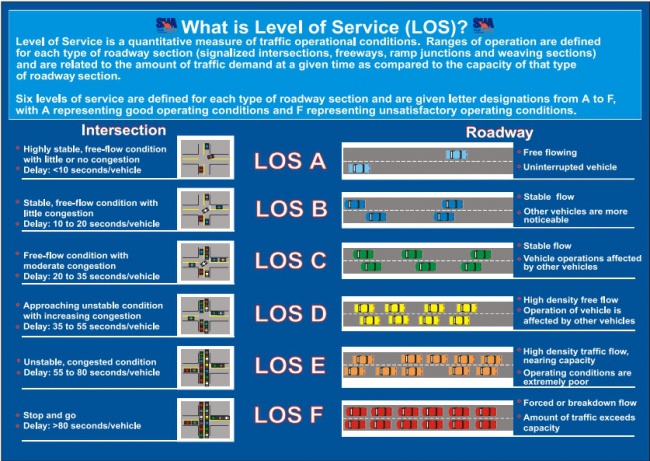Difference between revisions of "Roadways: Facility Selection"
(→Design Year) |
(→Design Year) |
||
| Line 17: | Line 17: | ||
==Design Year== | ==Design Year== | ||
| − | *Major capital projects require using a Metropolitan Planning Organization (MPO) Travel Demand Model or the Maryland Statewide Transportation Model (MSTM) , both of which are based on a 20 year time horizon | + | *Major capital projects require using a See [http://roads.maryland.gov/Index.aspx?PageId=508 Metropolitan Planning Organization] (MPO) Travel Demand Model or the Maryland Statewide Transportation Model (MSTM) , both of which are based on a 20 year time horizon |
*System preservation projects may necessitate using a design year that supports more immediate traffic operation and/or safety needs, not to exceed 20 years | *System preservation projects may necessitate using a design year that supports more immediate traffic operation and/or safety needs, not to exceed 20 years | ||
Revision as of 15:42, 4 November 2016
|
Facility Selection | ||
ContentsPrimary Guidance
| ||
DiscussionDesign Year
Functional ClassificationThe facility must represent the appropriate balance between access and mobility for its intended purpose. The federal functional classification system reflects the degree of local access and regional connectivity a roadway provides. The level of access control should reflect the official functional classification as well as the actual role that the roadway serves, which may vary along a roadway corridor. While there may be substantial flexibility in defining the level of access control for new roadways, the options may be substantially more complex or limited on projects that are modifying existing roadways. Roadway UsersMDOT values the needs of all roadway users, including cars, trucks, bicyclists, and pedestrians. All user needs along a roadway and across it should be considered.
Roadway Capacity and OperationsLevel of Service indicates general traffic capacity needs:
Adding capacity that creates failing conditions upstream or downstream of proposed improvements should be avoided. Other performance measures may be needed to develop solutions that address specific project needs.
|
